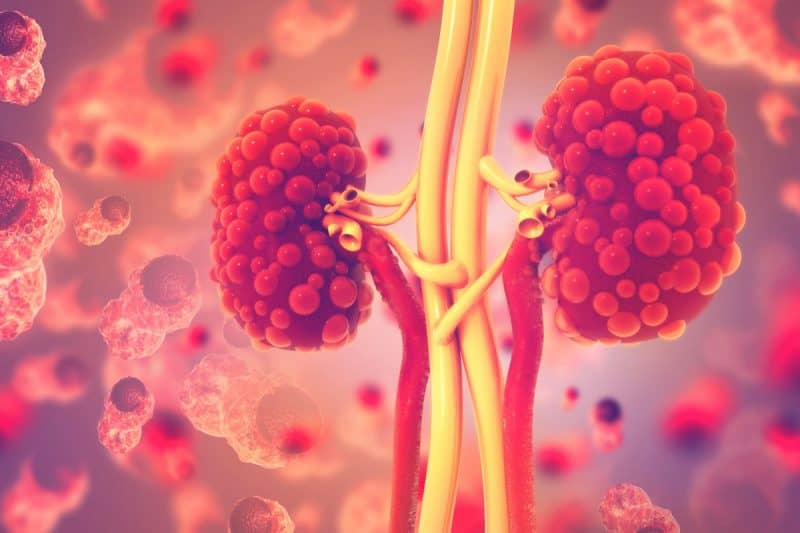Polycystic kidney disease (PKD) is a condition where cysts, which are pockets of fluid, form inside your kidneys. Over time, these pockets of fluid grow in size as well as in number. When the cysts are few and small, they don’t cause any problems. It is like one or two people standing in a bedroom; there remains plenty of space. But, as the number of people increases, the room becomes crowded, and there isn’t space for the bed, furniture, or even the light. So, over time, the kidneys get crowded, and they can no longer work correctly.
What Causes Polycystic Kidney Disease?
PKD is one of the most common genetic diseases. It is not transmitted like an infection, such as the cold or the flu. Instead, there is a small change in the DNA, the programming, or instructions of how the body works.
The underlying problem with polycystic kidney disease is with “epithelial cells”, which are cells in the body that line surfaces. Specifically, there is a problem with the hair structure of these epithelial cells. (Who knew that we are hairy on the inside too!). Because there is something abnormal about the hair structure, these epithelial cells are prone to form these pockets of fluid. It is like a cut in the skin. Most of the time, the skin heals just fine, but sometimes the skin makes a scar. This abnormal hair structure increases the chance that there is a scar, which for the kidneys appears as these pockets of fluid.
Diagnosing Polycystic Kidney Disease
The diagnosis is suspected when some kind of imaging study is performed which reveals many of these pockets of fluid. It is normal to have a couple of cysts depending upon the person’s age, just like everyone has a couple of scars on his/her skin. A family history will be obtained, and more imaging studies may be ordered, but the diagnosis is usually made with imaging studies.
For some people, genetic testing may be done, but this is usually very expensive and may not find every change in the DNA. Because this is a genetic condition, immediate family members will usually be recommended to have a kidney ultrasound done.
PKD can have a range of outcomes. Most people live with this condition for their entire lives and never know that they have this condition. Some people will have a more serious outcome and may progress to need dialysis.
Treating Polycystic Kidney Disease
There are steps to take to help the kidneys last longer. Make sure other medical conditions, such as diabetes and high blood pressure, are controlled. The usual recommendations of eating a healthier diet, lower in sodium or salt, and exercising hold true. Most doctors also recommend avoiding caffeine as it may cause these pockets of fluid to grow faster.
If there is concern about the rapid loss of kidney function, there is, fortunately, a medication that may be helpful to slow down the loss of kidney function and delay the need for dialysis. As with all treatment recommendations, talk to your kidney doctor to see what is appropriate for you.


